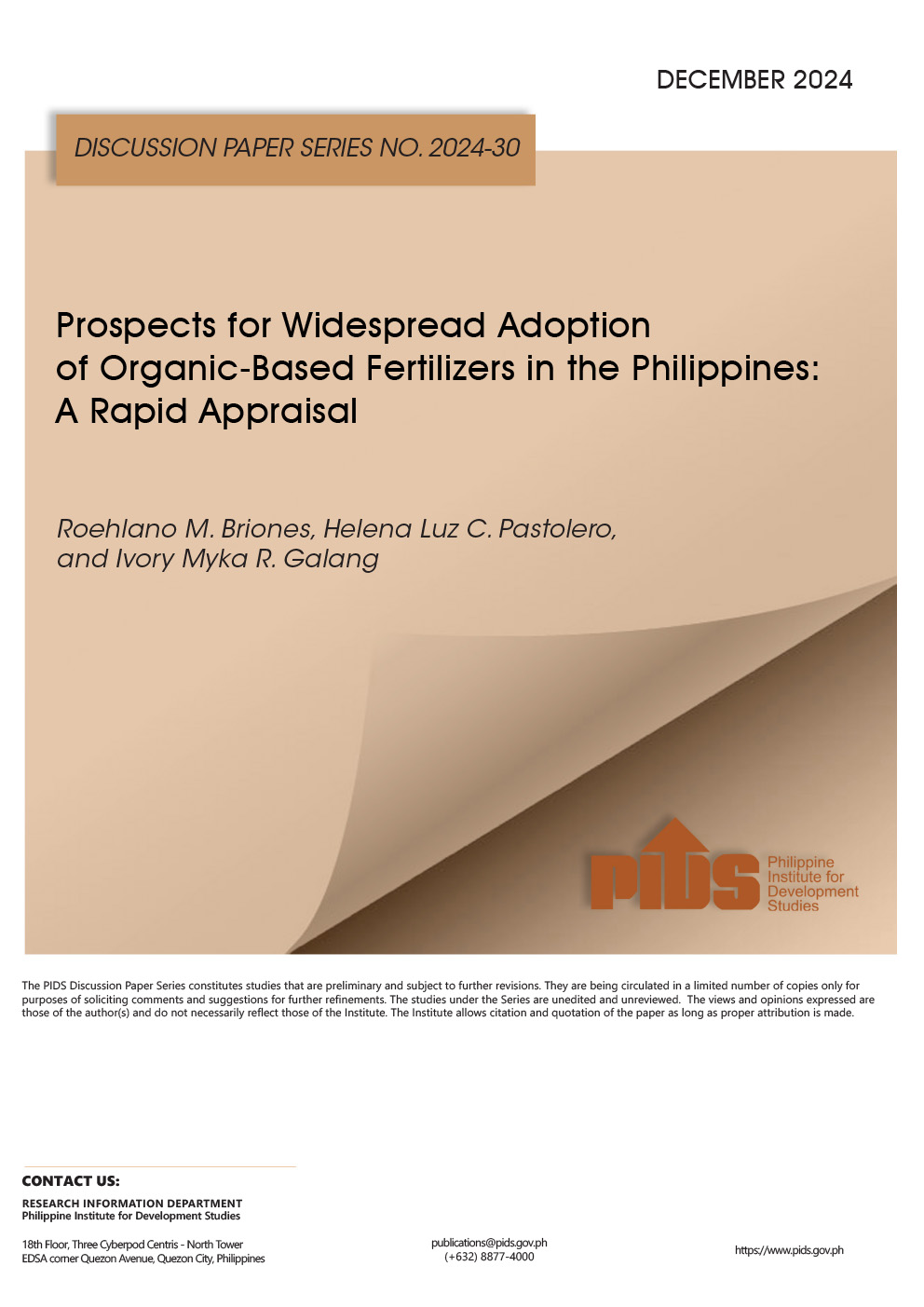For a number of years, I taught a course on development theories, including economic growth models, at the doctoral program level at UP Los Baños. The development theories or models can be classified mainly into 3 schools of thought.
On one side is the socialist model, which posits that a planned economy, where the state or government intervenes in all facets of the economy (i.e., Marx’s dictum in the Communist Manifesto, “From each according to his ability, to each according to his needs”) is the best way to promote economic development.
This is articulated in the works and advocacies of the Left, such as the Marxists and their neo-Marxist variant (i.e., the “Dependentista” school of thought), who see the capitalist system or the free market economy as exploitative, and hence should be replaced by a socialist state that advances the interest of workers and farmers.
They also posit the notion that imperialism (based on Lenin’s manifesto on this topic) is the “highest stage of capitalism” and that “Third World” countries (or poor nations) have no chance of developing within the capitalist ambit because there is a “conspiracy” by the rich and powerful capitalist countries to consign them to underdevelopment and poverty. The writings of the “Dependentista” (i.e., Dependency school of thought), mainly of Latin American scholars, are filled with such conspiratorial theses.
On the other side, is the “free market,” laissez faire, or capitalist model, which argues, inspired by the work of Adam Smith (The Wealth of Nations), that the best way to foster economic development is to allow markets to work as freely as possible with little state intervention. This group of thinkers is labelled “Conservatives” or “Rightists” (because of their faith and defense of existing institutions).
Their theory is best articulated in classical and neo-classical economics, proponents of which believe that the market is the best instrument in efficiently allocating scarce resources of the economy. To the extreme side of this school of thought is the Chicago school (led by Milton Friedman of No Free Lunch), whose teachings were adopted during the Reagan presidency in the US and Thatcher’s leadership in UK.
In the middle ground are the Structuralists and their variant, the neo-Structuralists, who argue that state intervention is needed at some point in the operations of the economy, particularly during incidents of “market failure,” to bring it back to track. Champions of this school of thought begin with John Maynard Keynes, then the scholars of the Economic Commission of Latin America (in the 50s and 60s), and to the recent Chinese economist, Justin Yifu Lin (former World Bank senior vice president and director of the Chinese Center for Economic Research based in Beijing).
The latter author particularly stressed that rapid economic growth is fostered when the state intervenes in areas where the country has a comparative advantage. Simply put, if the country is good in tourism or producing bananas or pineapples, the government should prioritize extending assistance to these sectors that bring in rapid growth and increased incomes.
Anti-Rice Tariffication Law
The above elaboration was necessary to understand where the anti-RTL (Rice Tariffication Law) advocates, like Mr Raul Montemayor of FFF (Philippine Federation of Free Farmers), are coming from. He will never see anything positive with RTL because he is an ardent supporter of the quantitative restriction (QR) regime on rice trading and sees state intervention in all facets of the rice industry as indispensable in developing it. Yet, for more than 30 years with the QR regime, the rice economy hardly developed despite the Department of Agriculture (DA) spending more than half of its budget to prop it up, Filipino consumers paying higher prices for rice than their ASEAN counterparts, and rent-seeking activities continuing to bedevil the implementation of the QR regime.
Symptomatic of Mr Montemayor’s being trapped within the Leftist ideology is his continued subscription to the much-debunked conspiracy theory that foreign interest, represented by agents like myself who believe in the workings of the market, is about to consign our rice economy to backwardness. One thing he forgot, though, is that we are importing rice mainly from Vietnam and Thailand, and not the US – which to the Left is the font of imperialism.
A second is his ardent support for state monopolists, such as the National Food Authority (NFA), to engage in the buying and selling of rice rather than market forces determining the selling and buying prices of rice. He believes that the price stabilization function can be performed better by a state entity despite the failure of the NFA to do so for many decades, and which resulted in the financial bankruptcy of the NFA.
And a third manifestation of his being trapped within the Leftist ideology is that he cannot give us an alternative to the current RTL regime, except measures that will revert us to the old discredited QR regime, meaning he wants heavy state intervention in the determination of rice prices. The Left normally resorts to generalization (using anecdotal evidence) and obfuscation (like a catfish that will wiggle to make the water murky and avoid being caught) to advance their argument. Conveniently, they forget the scientific normative standard that “One’s criticism is only as good as one’s alternative.” I have yet to see one from Mr Montemayor that will not bring us back to the bankrupt QR policy.
Misinterpretation
But for the benefit of the general reading public, as I know there is no way of convincing Mr Montemayor of the necessity of the RTL to make our rice sector productive and competitive, let me just briefly respond to a few of the points he made.
First, though he backhandedly congratulated the DA for the increase in palay productivity last year despite the pandemic, he actually belittled it, because to him it was marginal compared to 2017, and that it was higher than in 2019 because there was El Niño during that year. Then, he concluded that there was really nothing to be proud of in the productivity gains made in 2020 because our population growth simply outstripped yield increase.
Note that he never cited the population growth issue in the past as a compelling reason for the country’s importation of its rice requirement under the QR regime, because it would weaken his anti-rice importation argument and his support for the rice self-sufficiency campaign of previous DA leaderships. Moreover, comparing the adverse effects of El Nino, confined to limited spots in the country, to the ravages of COVID-19, which affected the entire world, is like comparing apples to oranges.
Second, on rain-fed areas outperforming irrigated areas: the Philippine Rice Research Institute (PhilRice) explained that because of the early onset of the rainy season and RCEF assistance suddenly pouring into rain-fed areas, their marginal increase in productivity was higher than that of irrigated areas, which had already been using inbred seeds and fertilizer in previous planting seasons. It is like an economy wherein if its previous performance is negative, any increase will be treated as a doubling of the rate. To prove its point, PhilRice noted that the weighted contribution of irrigated areas to overall productivity gains is much higher than that of rain-fed areas.
Third, on the argument that there will be contraction in areas devoted to rice farming, which Mr Montemayor warned would be the immediate ill-effects of RTL, the 2020 figure on areas cultivated with palay actually rose compared to 2019, when the law was passed. That is a fact, despite being a short-term phenomenon.
However, he then cited the works of the Philippine Institute for Development Studies (PIDS) and the International Food Policy Research Institute (IFPRI) to support his argument, noting that both studies predicted a contraction in areas devoted to palay cultivation as a result of RTL in the medium- and long-term. He is right on this. What he is not telling us is that both the PIDS and IFPRI studies are not saying that this is a bad development per se, as it opens up opportunities for crop diversification, wherein farmers can gain higher income. More telling is the fact is that both studies are supportive of the RTL, which, again, Mr Montemayor conveniently does not mention.
Fourth, Mr Montemayor finally admitted that low palay prices are seasonal, negating their usual doomsday presentations that prices are never going to recover due to RTL. What he complains of now is the lower palay prices during the RTL period compared to the QR regime period during the same harvest season. Well, the objectives of RTL are to increase harvest, lower production costs, and offer rice at a cheaper price to our consumers. Thus, lower palay prices are expected under the RTL, but this is not necessarily bad for the economy.
Fifth, on the increasing prices of rice in the international market, all I was saying is that this makes our local rice more attractive to traders and consumers because our rice prices have become more competitive. There is no assumption whatsoever on my part that global rice prices will remain high, and thus the need for the country to enhance the competitiveness of our rice sector.
And finally, Mr Montemayor admonished that “Mr. Adriano and his ilk...would do well to give some attention” to him and the prophets of doom. If he has not noticed, the “ilk” that he refers to here, who are supporters of the RTL, are the best economic minds in the country, such as Drs. Cielito Habito, Roehl Briones, Ramon Clarete, Arsenio Balisacan, Ernesto Pernia, Karl Kendrick Chua, Calixto Chikiamco, Romeo Bernardo, Raul Fabella, Emil Javier, even Solita Monsod, and many more.
I am really in good company! – Rappler.com
[ANALYSIS] In response to Raul Montemayor's piece on the Rice Tariffication Law












